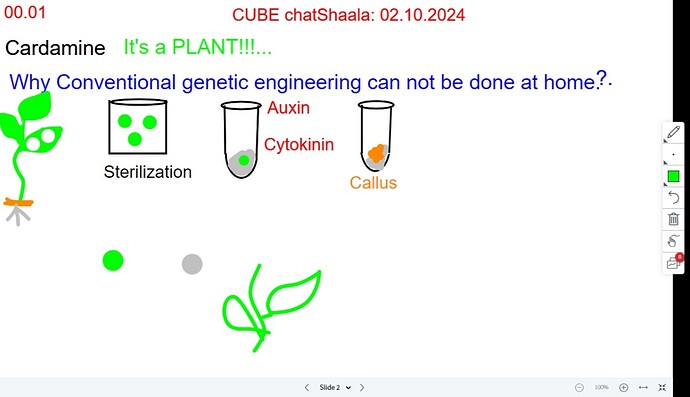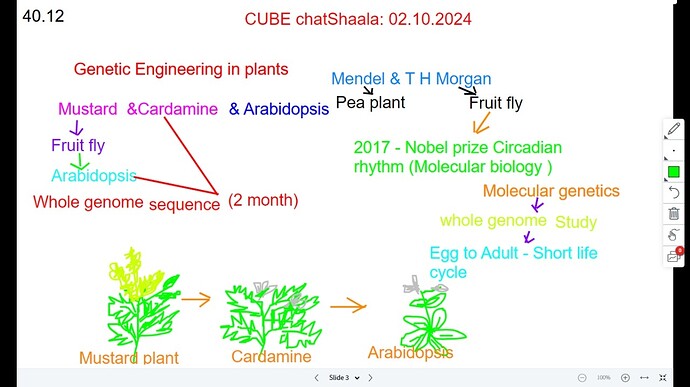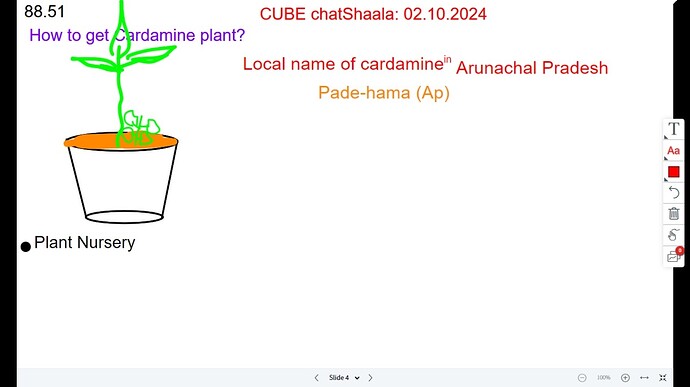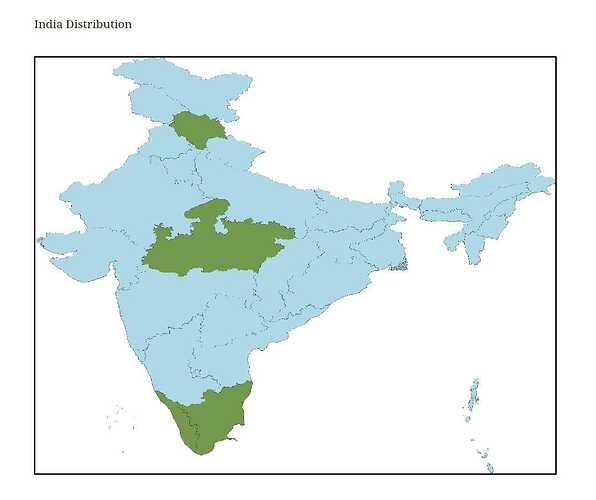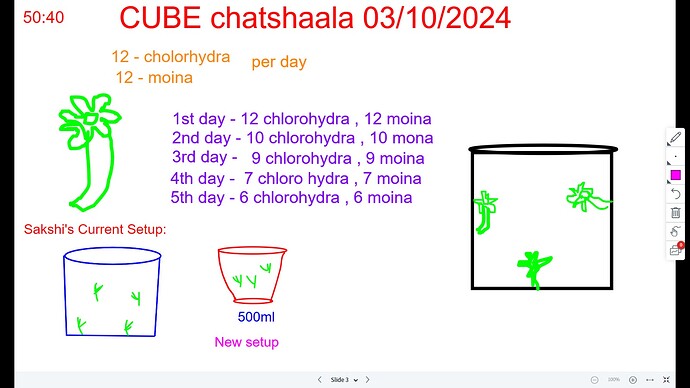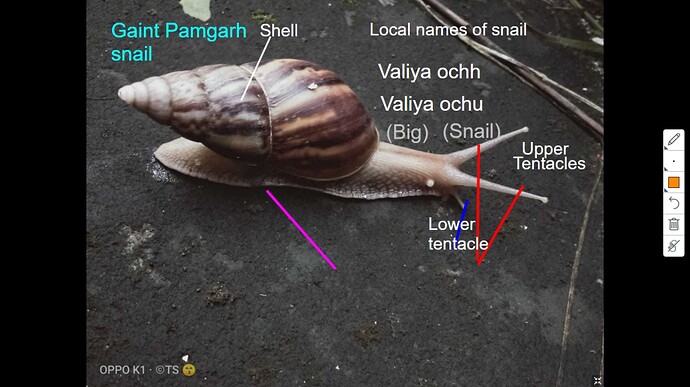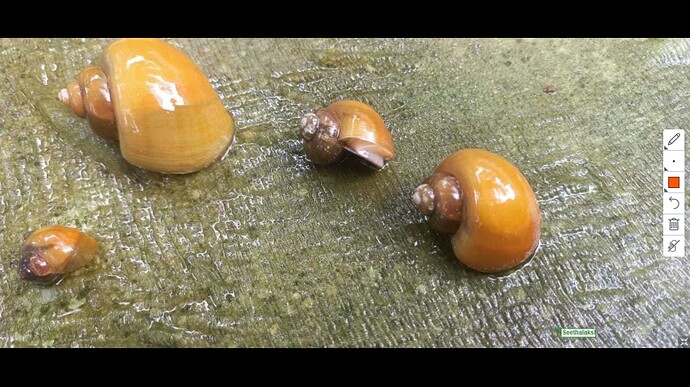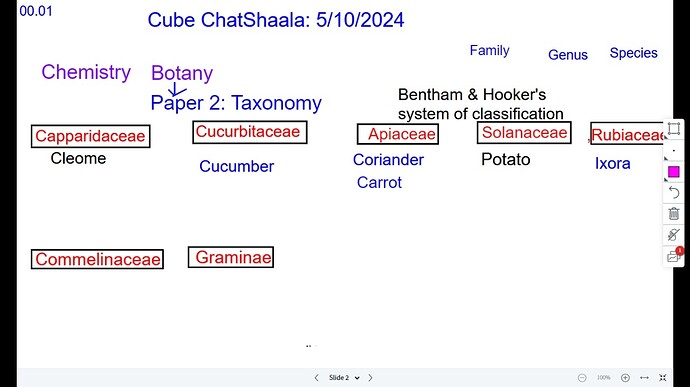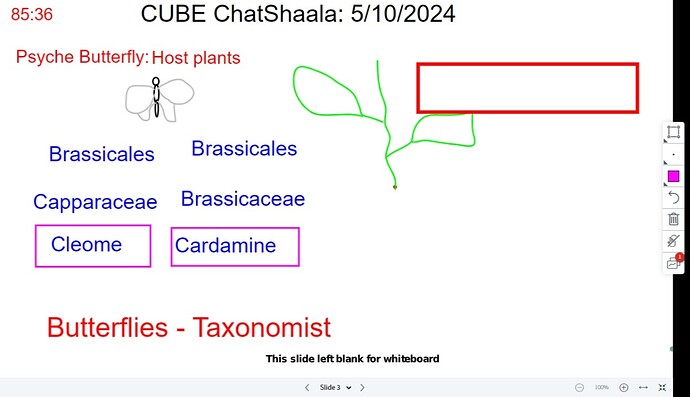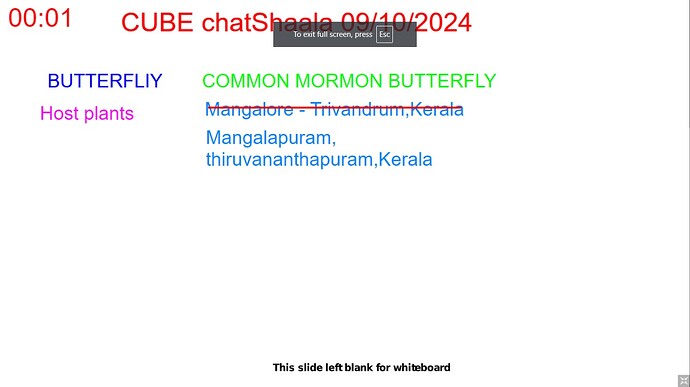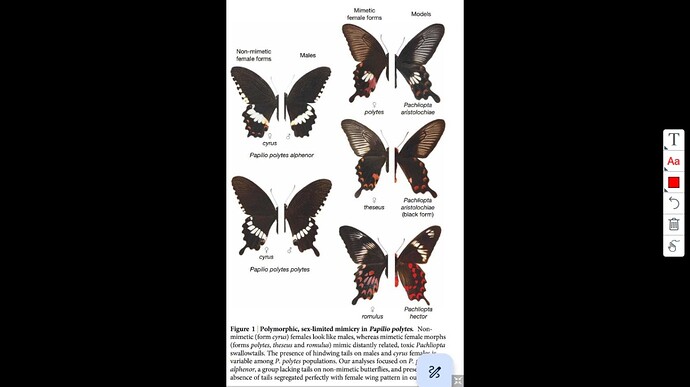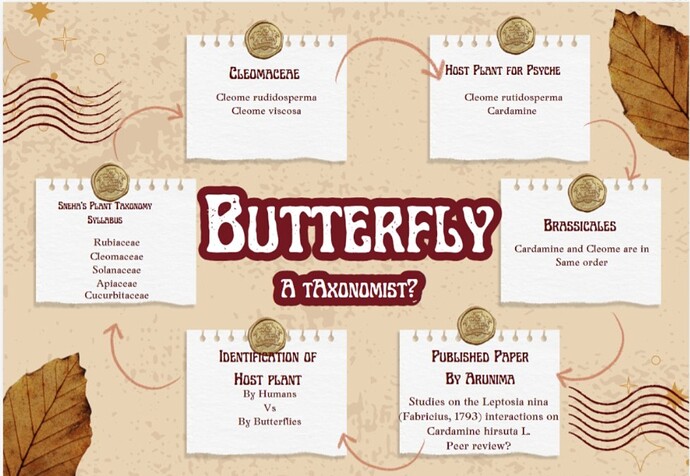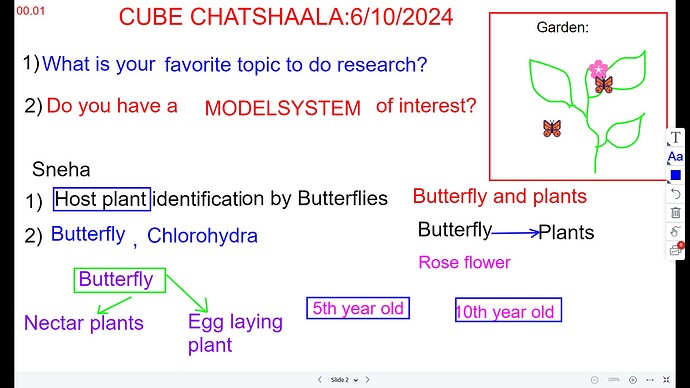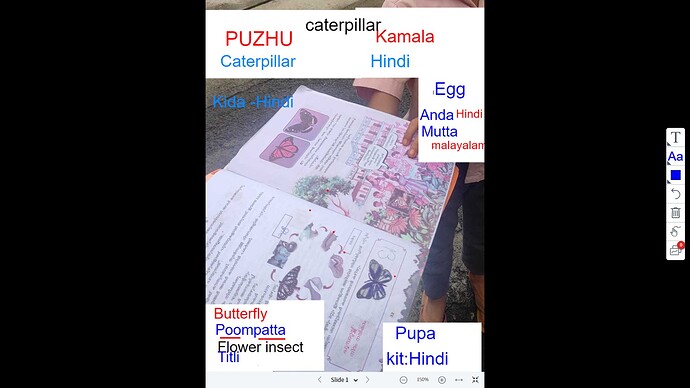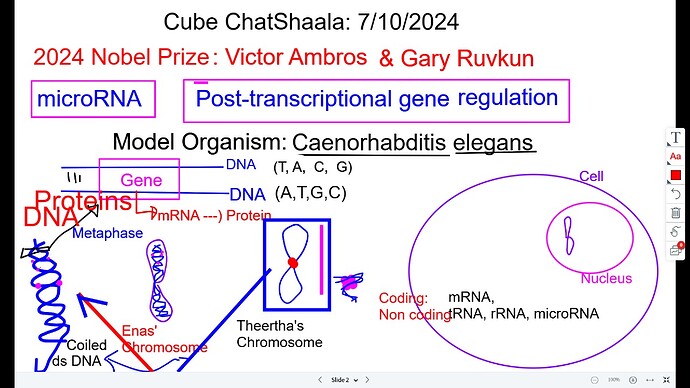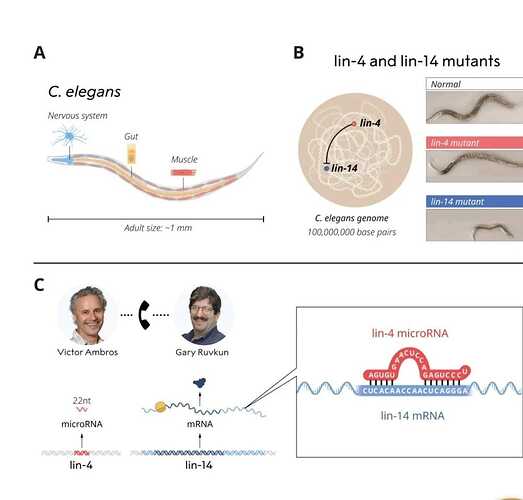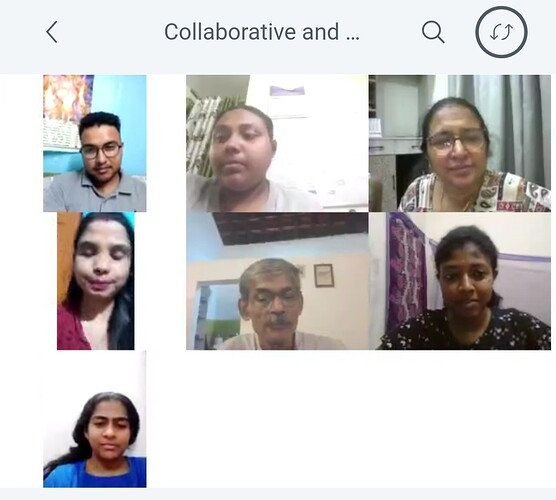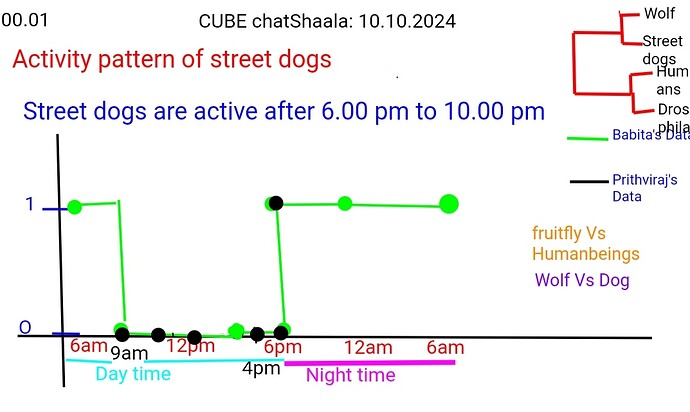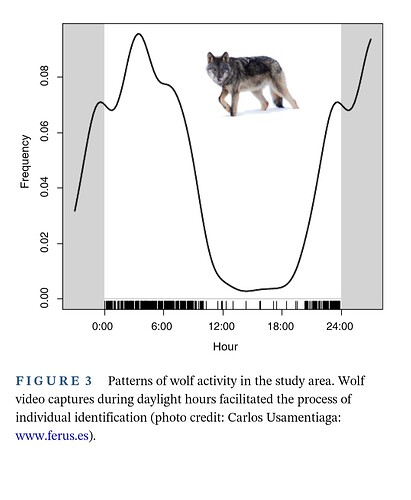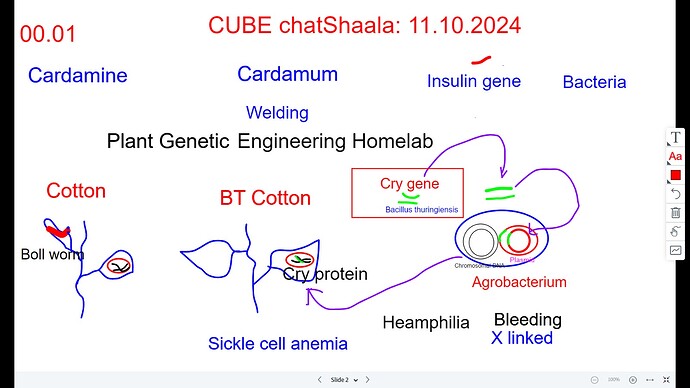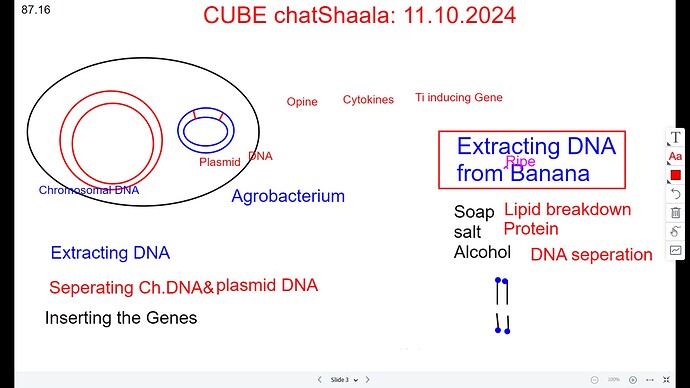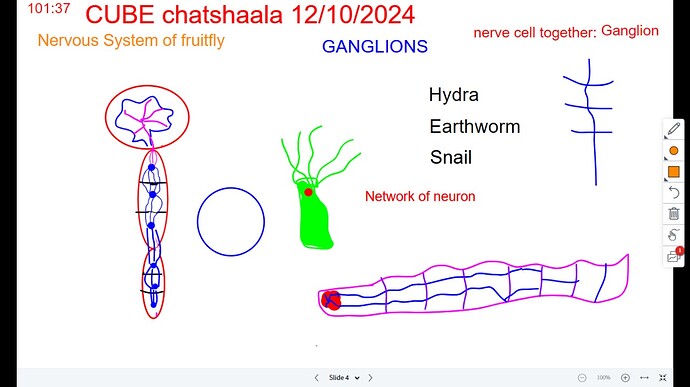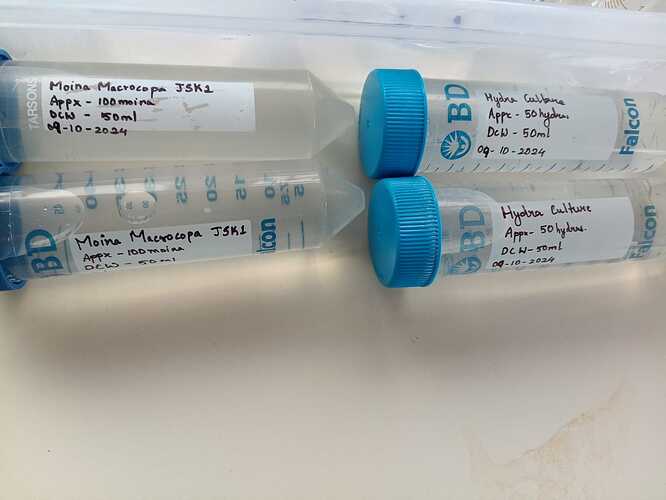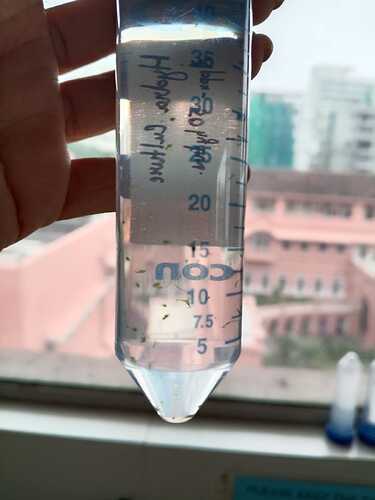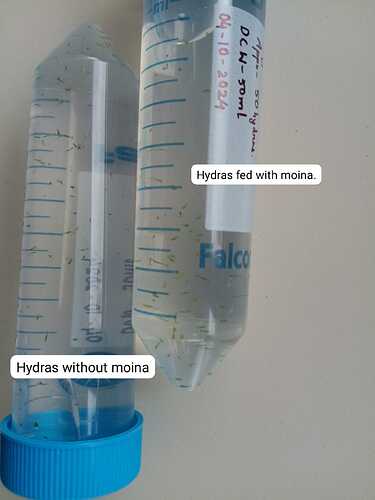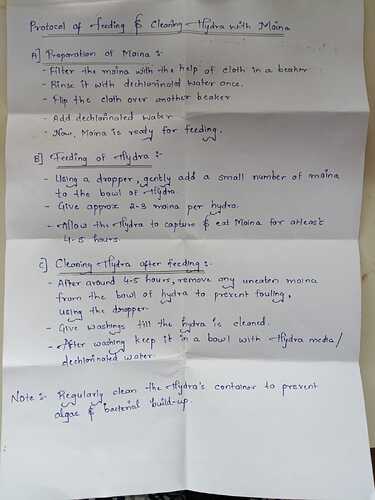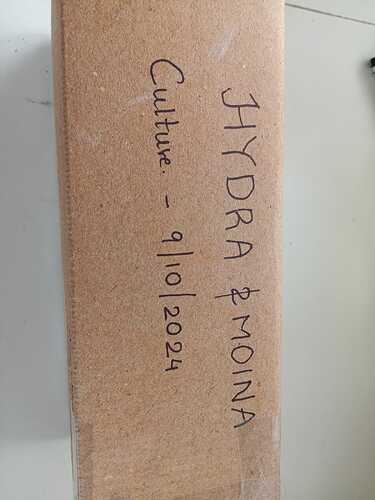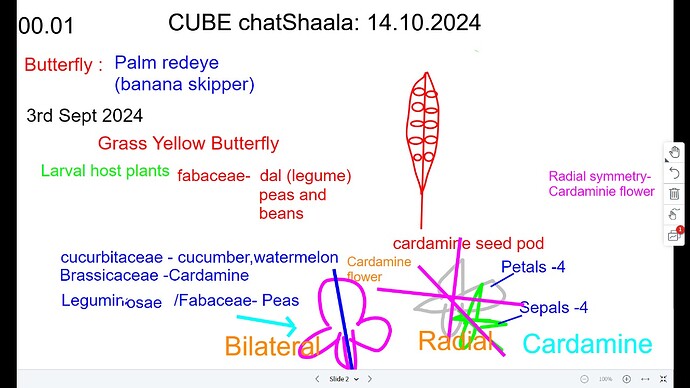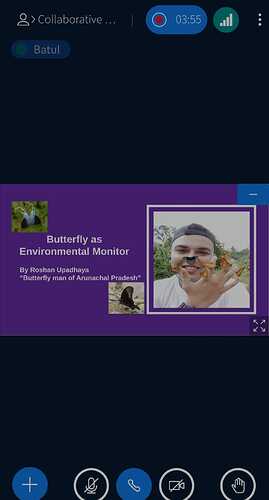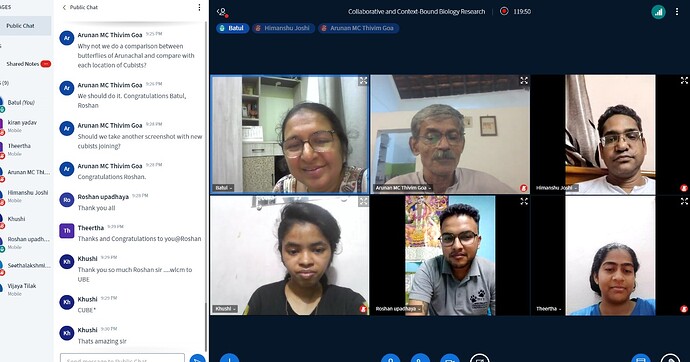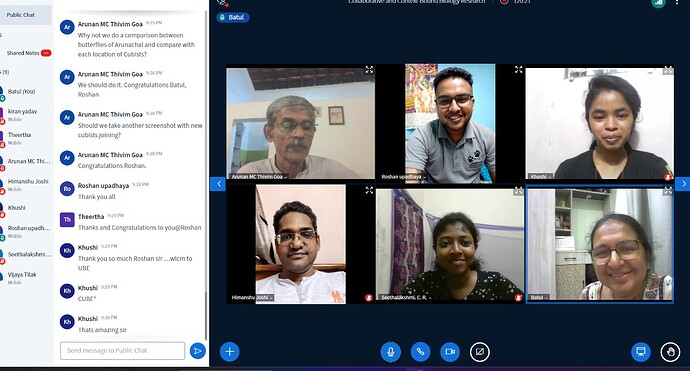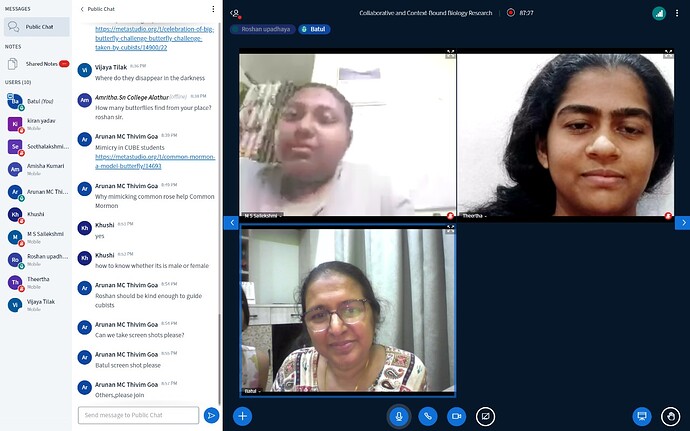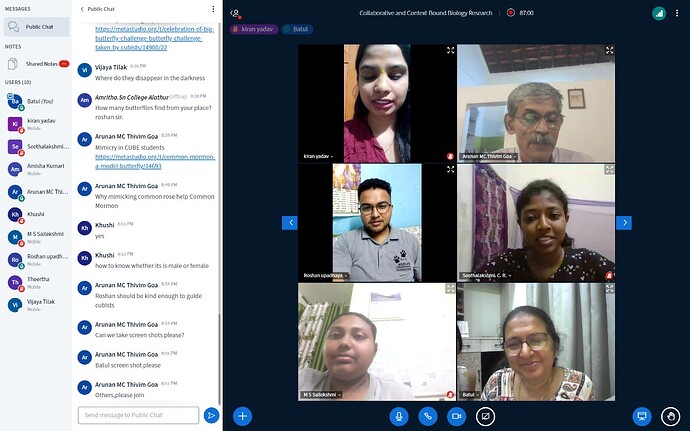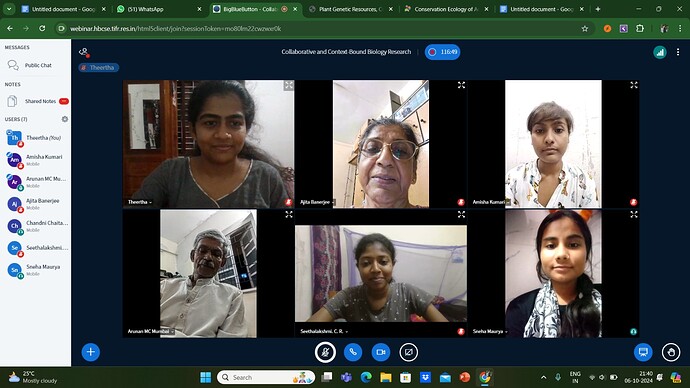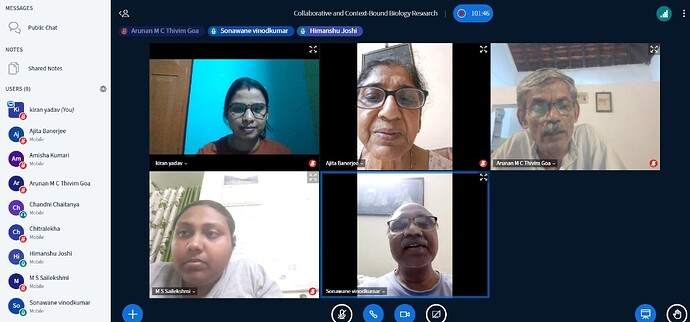Highlights of Chatshaala
- Cardamine
How to introduce Cardamine as a model system to new Cubists who haven’t heard of it before.
Cardamine is a model system used by Cubists for plant genetic engineering in homelabs. Most of us may be familiar with Drosophila as a model system for studying linkage and Pisum for Mendel’s theory of inheritance.
How should we introduce Cardamine by highlighting its significance?
Short lifecycle: ~2 month
Easy to culture and maintenance
TINKE moments:
Cardamine is native to India
It is commonly found in damp, recently disturbed soil, open ground, turf and waste places[6][10]: 401 and native to Europe, the Middle East, South Asia, Southeast Asia, Central Asia, North Africa, Central Africa, and the Horn of Africa.[11]
These conditions are prevalent in nursery or garden centre plants, and hairy bittercress seeds may be introduced with those plants. Once established, it is difficult to eradicate. The tiny flowers are attractive to a few early butterflies, including (in the United States) spring azure (Celastrina ladon) and falcate orange-tip (Anthocharis midea).
Cardamine hirsuta has been introduced in many countries across the world. Its range includes but is not limited to: Argentina, Australia, Canada, China, Colombia, Costa Rica, Ecuador, Gabon, Great Britain, India, Japan, Laos, Madagascar, Mexico, Pakistan, Panama, Peru, Philippines, South Africa, Sri Lanka, Thailand, Turkmenistan, United States, Venezuela, and Vietnam.[12][4][13]
TINKE MOMENT (This I never knew earlier)of today’s Chatshaala:
Cardamine hirsuta is native to India.
Species Name (as per The IPNI): Cardamine hirsuta L.
Distribution:
Kerala: Kannur
district, Wayanad
district, Palakkad
district, Idukki
district
Tamil Nadu:
Coimbatore
district, Madurai
district, The Nilgiri
district, Salem
Madhya Pradesh:
Himachal Pradesh:
- Chlorohydra
Culture and maintenance in homelabs. Sakshi, from Sophia College, is culturing Chlorohydra in her college lab.
- Snail
We discussed the difference between snails and slugs, noting that the major difference is the lack of a shell in slugs. We also talked about the parts of a snail.
- Butterfly Model System: An Alternative for Learning Plant Taxonomy
Sneha had plant taxonomy in her botany syllabus, which includes Cleomaceae, Rubiaceae, Cucurbitaceae, Apiaceae, and Solanaceae. One of the families, Cleomaceae, is connected to the Psyche butterfly, as Cleome is one of its host plants.
Summary of Chatshaala discussion :Concept map https://www.canva.com/design/DAGSuExKpg0/kf1ROn1WgYsg7cJPCPatkQ/edit
- Butterfly
How to introduce host plants and nectar-feeding plants easily to school students by citing examples.
- Nobel Prize
The Nobel Prize in Physiology or Medicine for 2024 was awarded for the discovery of Mirna. We discussed coding and non-coding mRNA, highlighting that miRNA is a non-coding RNA that plays a role in gene regulation.
Victor Ambros and Gary Ruvkun were interested in how different cell types develop. They discovered microRNA, a new class of tiny RNA molecules that play a crucial role in gene regulation.Ambros and Ruvkun performed further experiments showing that the lin-4 microRNA turns off lin-14 by binding to the complementary sequences in its mRNA, blocking the production of lin-14 protein. A new principle of gene regulation, mediated by a previously unknown type of RNA, microRNA, had been discovered! https://www.nobelprize.org/prizes/medicine/2024/press-release/
7) Session with Roshan Upadhyay
We had a session with Roshan, a butterfly enthusiast who works as a police officer in Arunachal Pradesh.The session was about the various butterflies in Arunachal Pradesh& the mimicry in butterflies.
- Butterfly Mimicry
We discussed mimicry in butterflies, exploring why this phenomenon is limited to certain species and not all.
- Dog Sleep-Wake Cycle
Babita and Prithviraj from Varkala have been collecting photos of street dogs. We noted that street dogs are more active at night and less active during the day, similar to wolves.
Activity pattern in wolf
- Gaps and Misconceptions in Plant Genetic Engineering
We identified gaps and misconceptions in plant genetic engineering, including the practical knowledge required for insulin production and the incorporation of a gene of interest into a plasmid. We also discussed DNA extraction methods in plants.
- Butterfly Observations
Enas noted that butterflies like the Common mormon are less observed in Delhi. We discussed various regions in India, connecting it to places like Banaras Hindu University. Additionally, we talked about glioblastoma and nerve nets.
- Chlorohydra
Sakshi sent Chlorohydra and Moina to Kiran.
Sakshi 's post in CUBE groups;
Hello everyone.
Today again I am going to speed post the chlorohydra and moina culture to uttarakhand for that I have taken 4 tubes 2 tubes contain approximately 100 moinas each. And other 2 contains approximately 50 chlorohydra each. From the chlorohydra tubes in one of the tube chlorohydra is been fed with moina and one is without fed.
- Butterflies and its Host plant
Sailakshmi found out a palm butterfly in her place Varakala and we discussed about plant families including fabaceae and Brassicaceae.
Context to Curriculum:
CUBE special Chatshaala sessions:
We had a interaction session with Roshan Upadhyay,a butterfly enthusiastic from Arunachal Pradesh
[08/10, 11:26 am] Batul: IMP ANNOUNCEMENT.
As Cubists we believe that Sophistication is in the mind and not the lab! Science like gully cricket needs Collaboration and innovation. Roshan Upadhyay, the butterfly man of Arunachal Pradesh who has discovered new species of butterflies by working in the field on his own and collaborating with scientists while being in police(his job).Let’s listen to his exciting journey today in Chatshaala from 7.30pm to 9.30pm.
Note:Date has been changed from Wednesday to today due to some reasons.So please don’t miss it
@Seethalakhmi @Vijaya Tilak CUBE @Theertha @~Enas and all aspiring cubists.
[08/10, 11:28 am] Batul: https://www.researchgate.net/publication/342514140_Addition_of_a_butterfly_genus_and_species_to_the_Indian_fauna
This and 30 other publications are available on Researchgate
CUBE presentations:
Enas presented a poster on Microbiology at Homelab.
Group photographs of participants:
